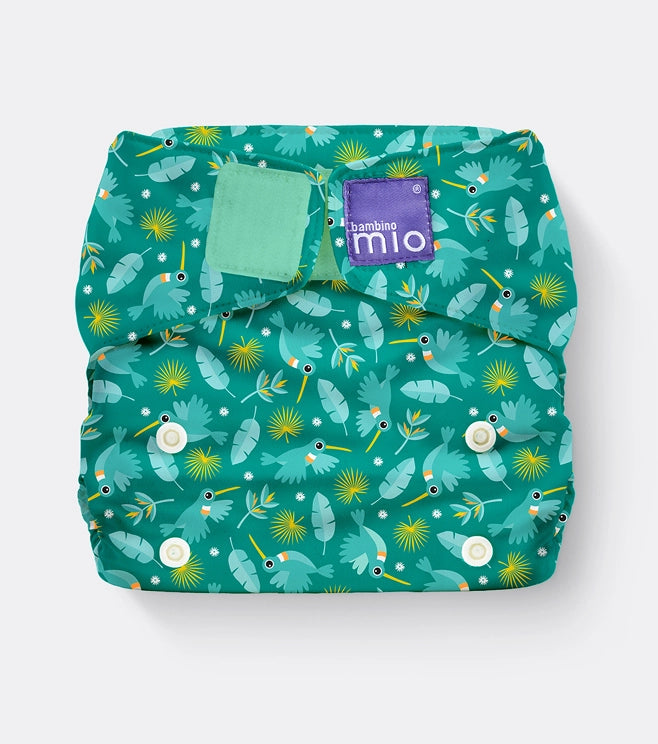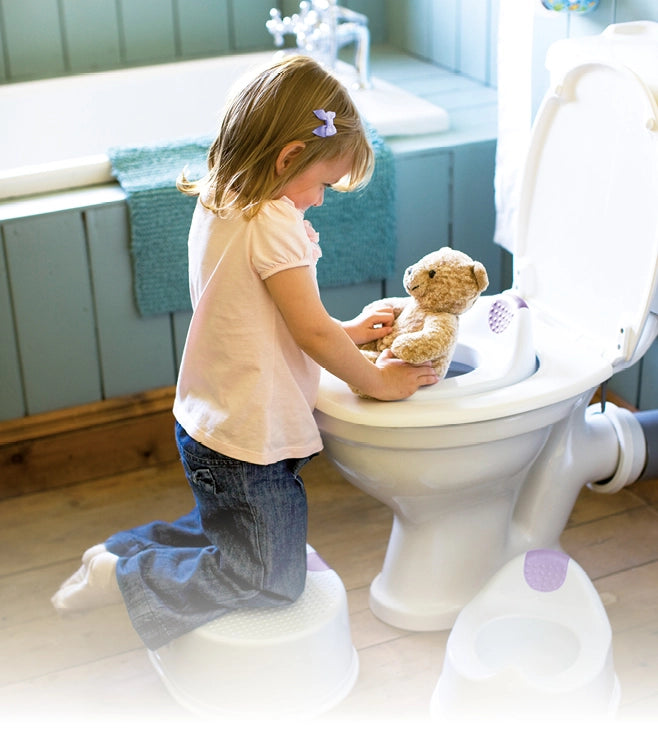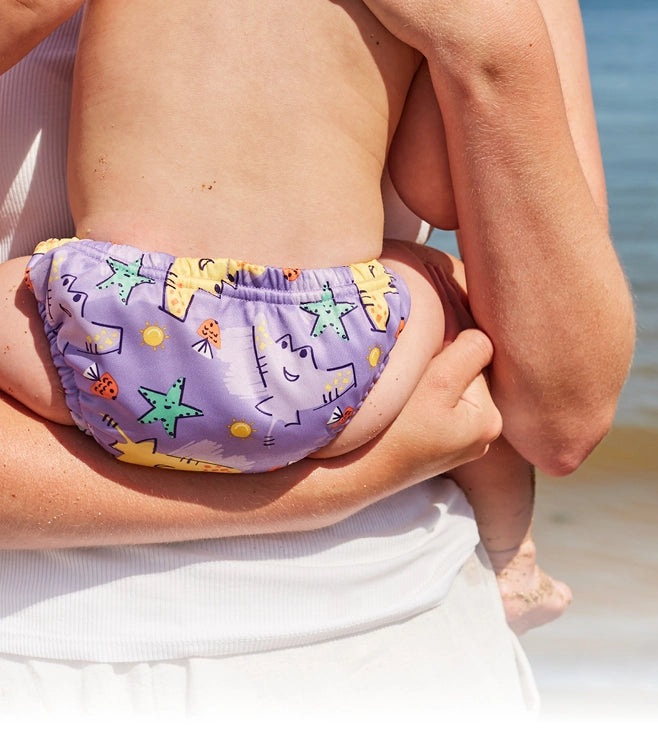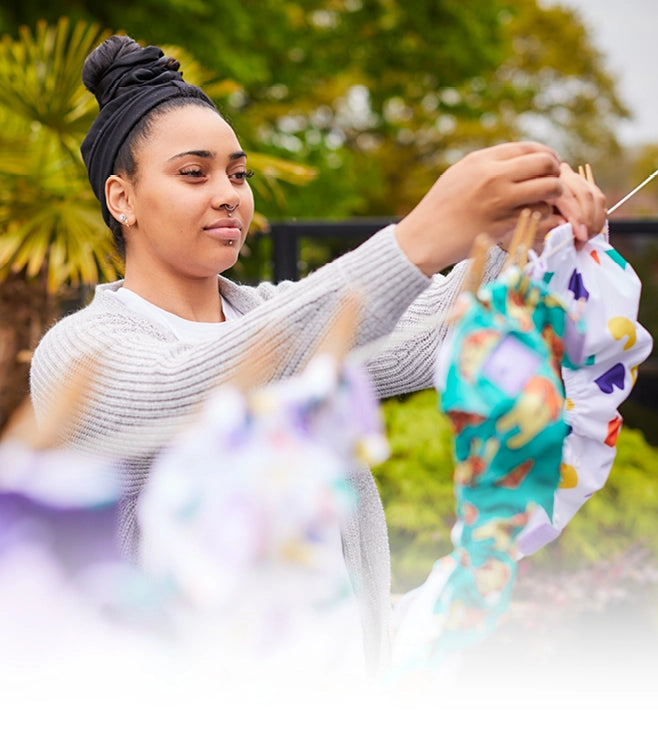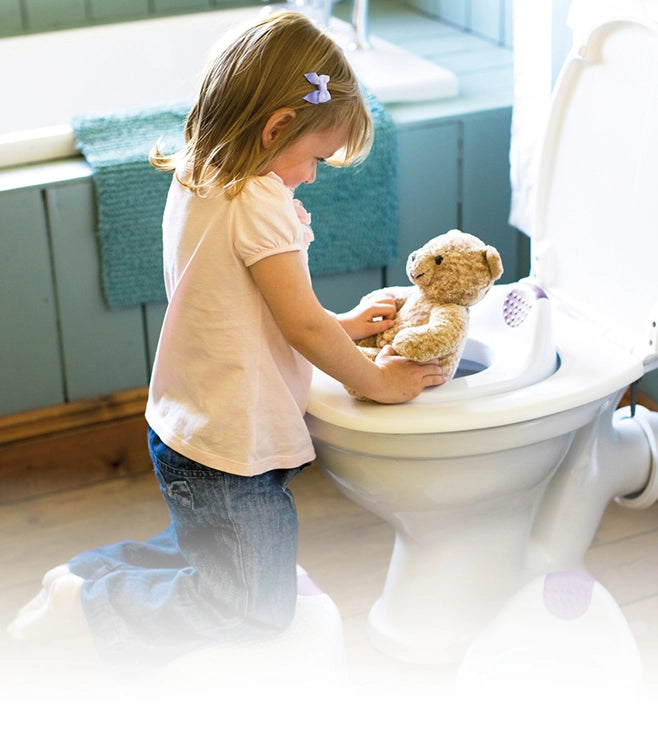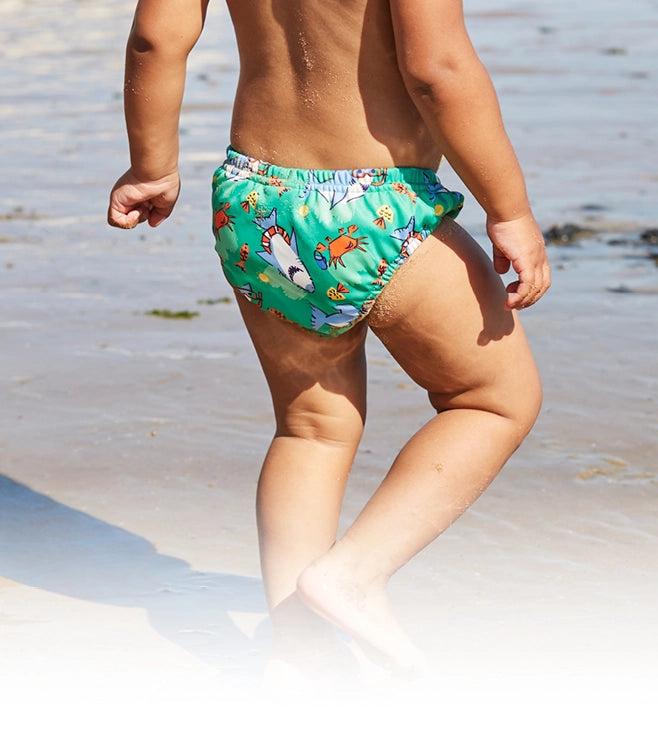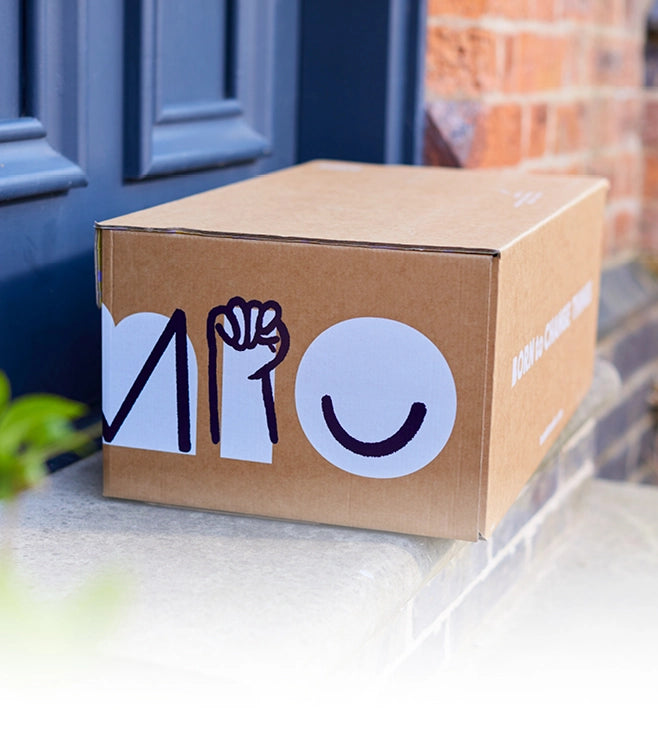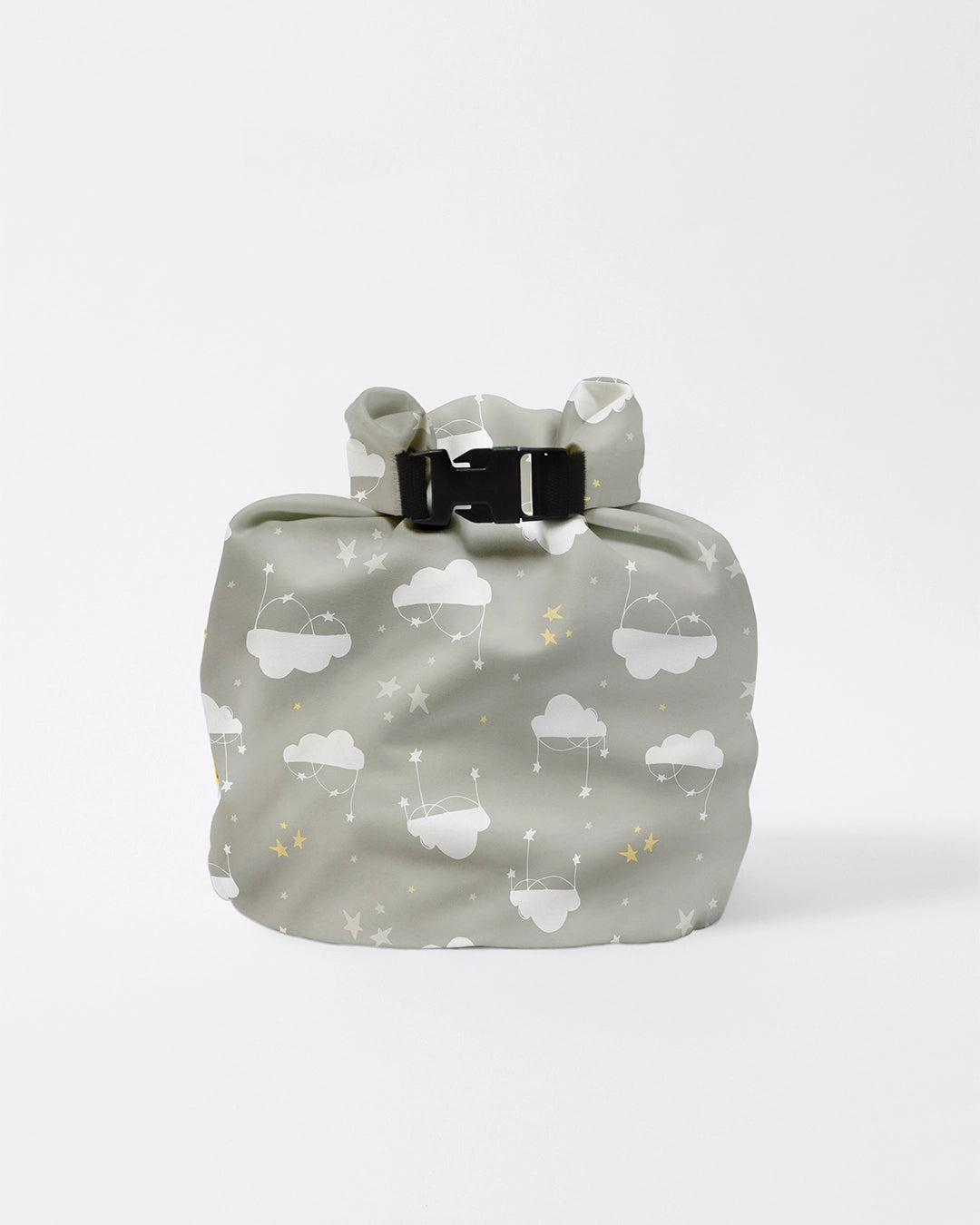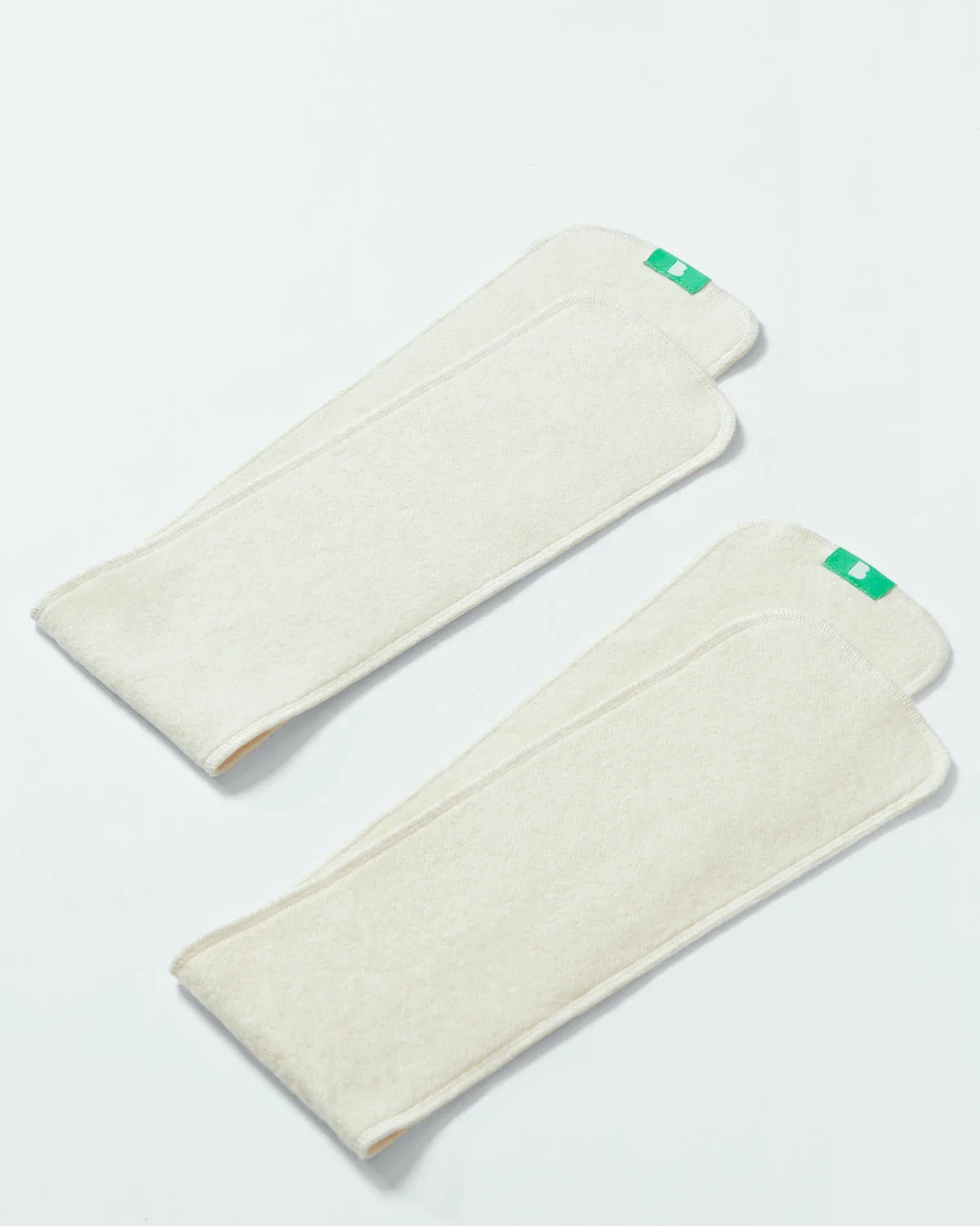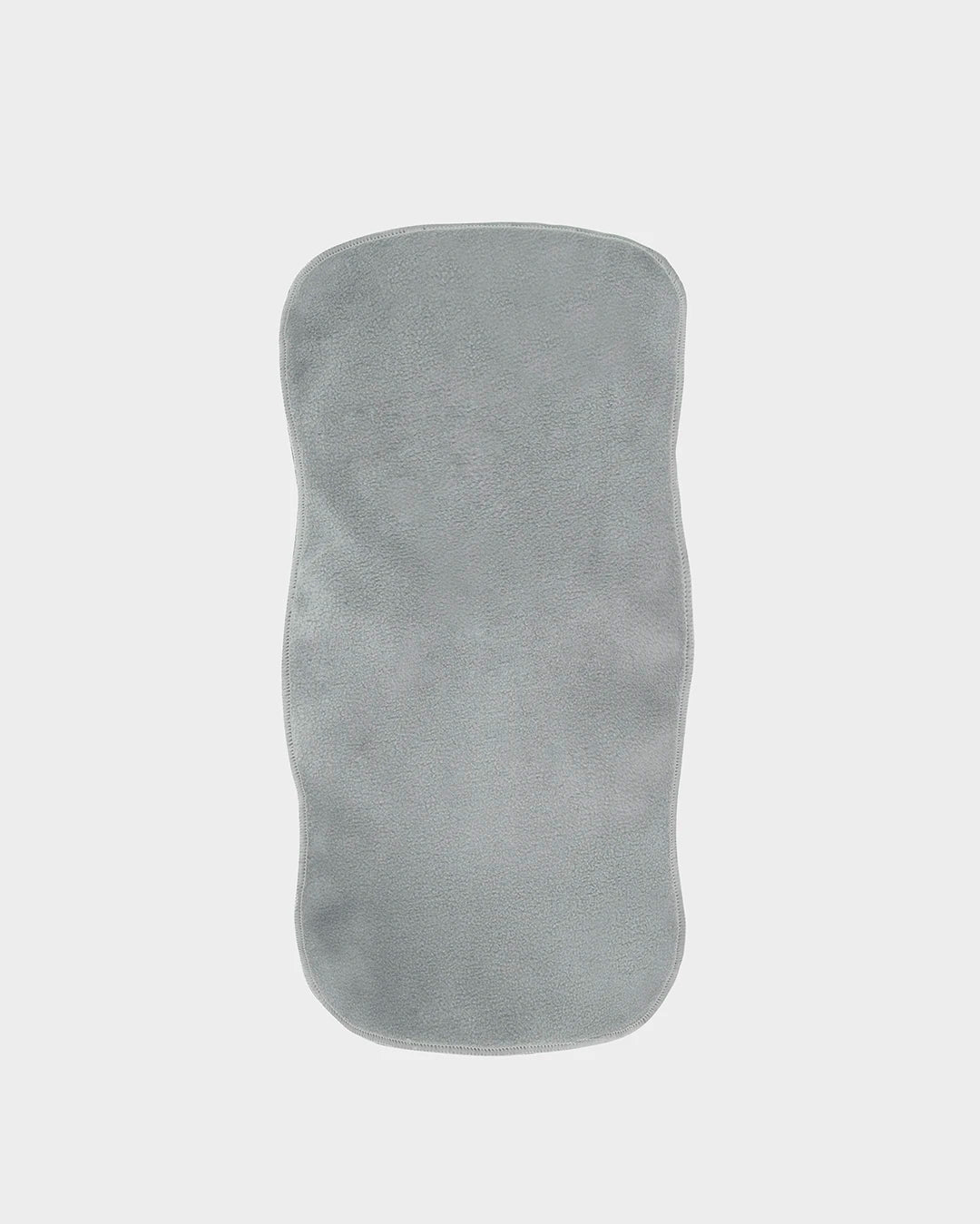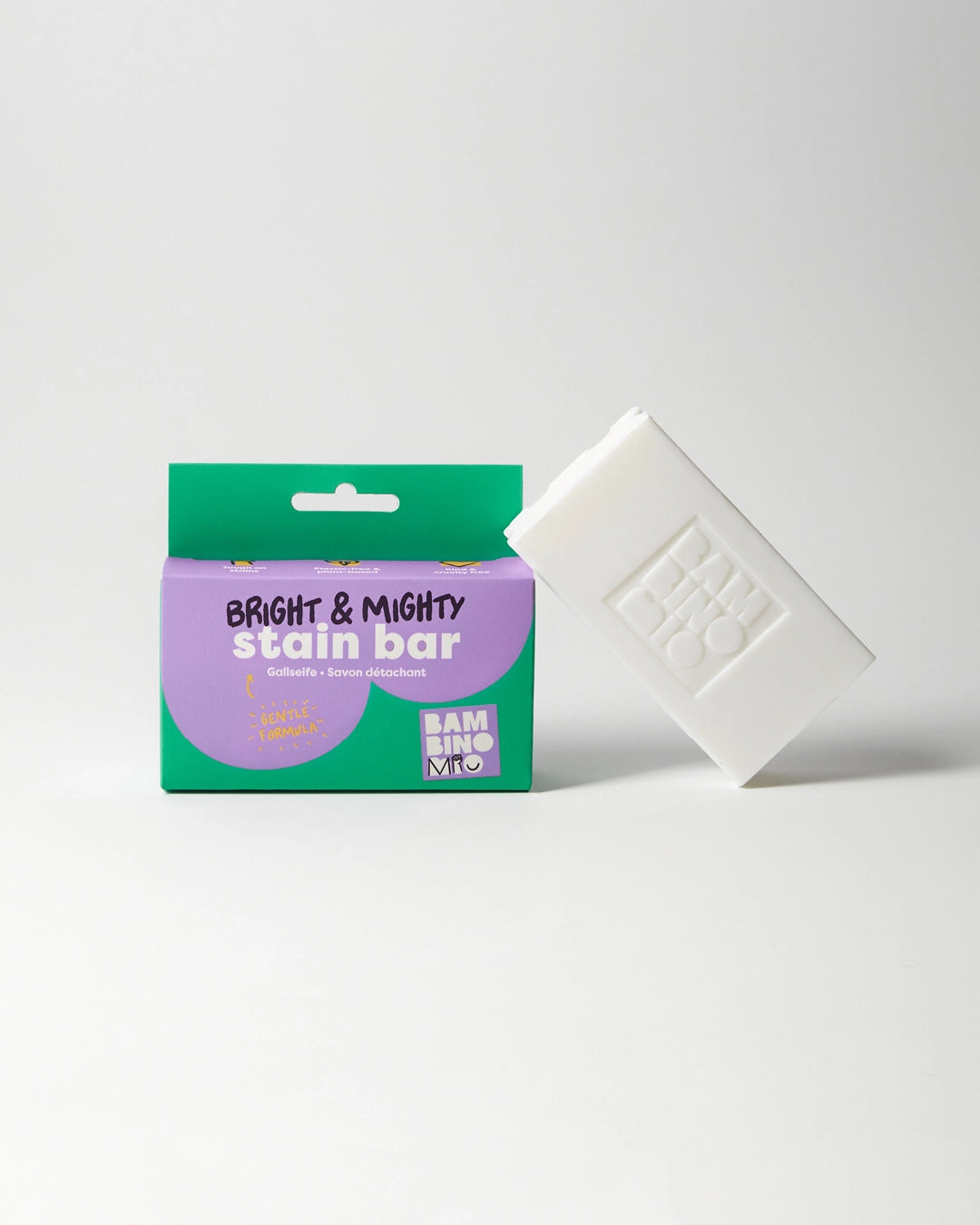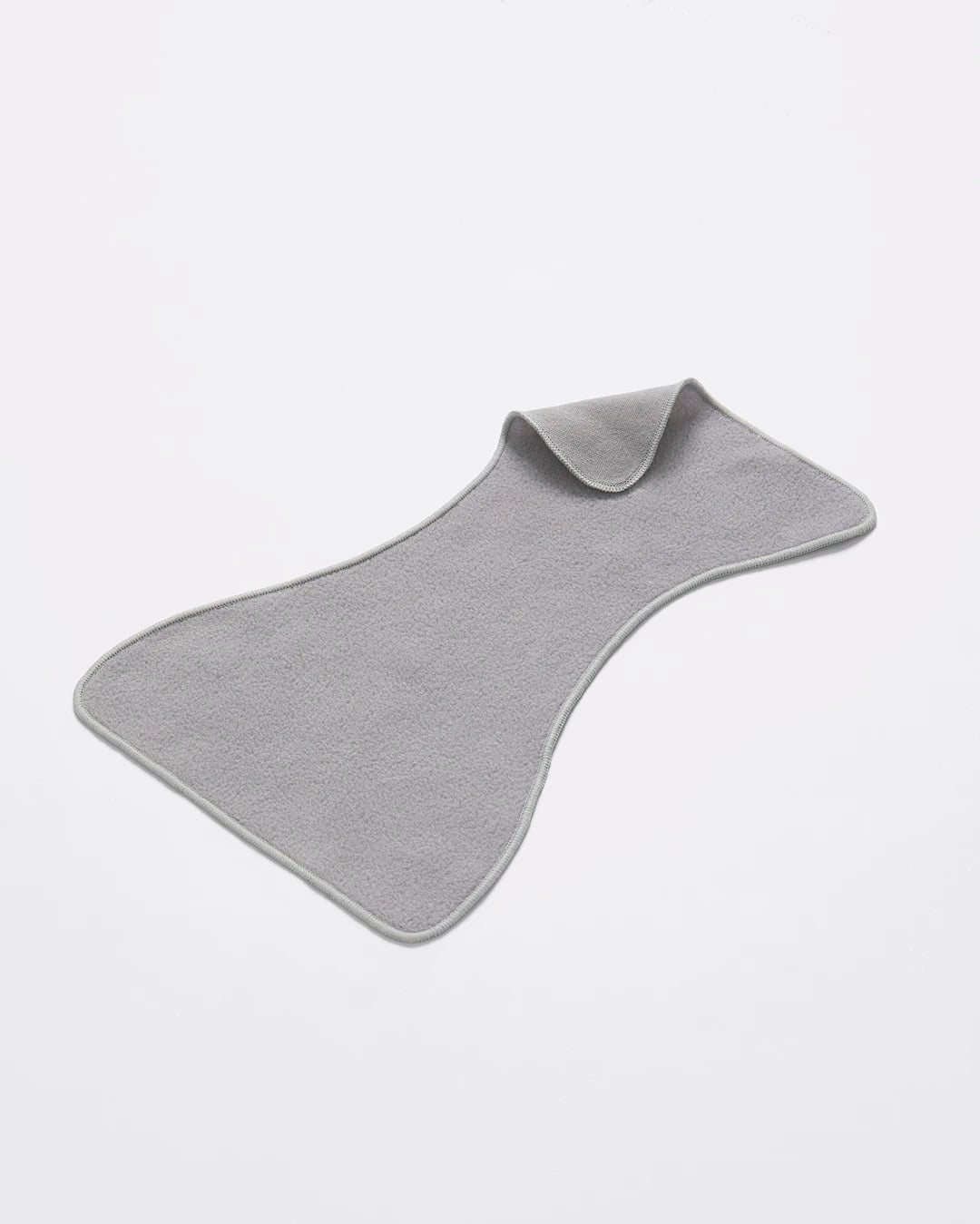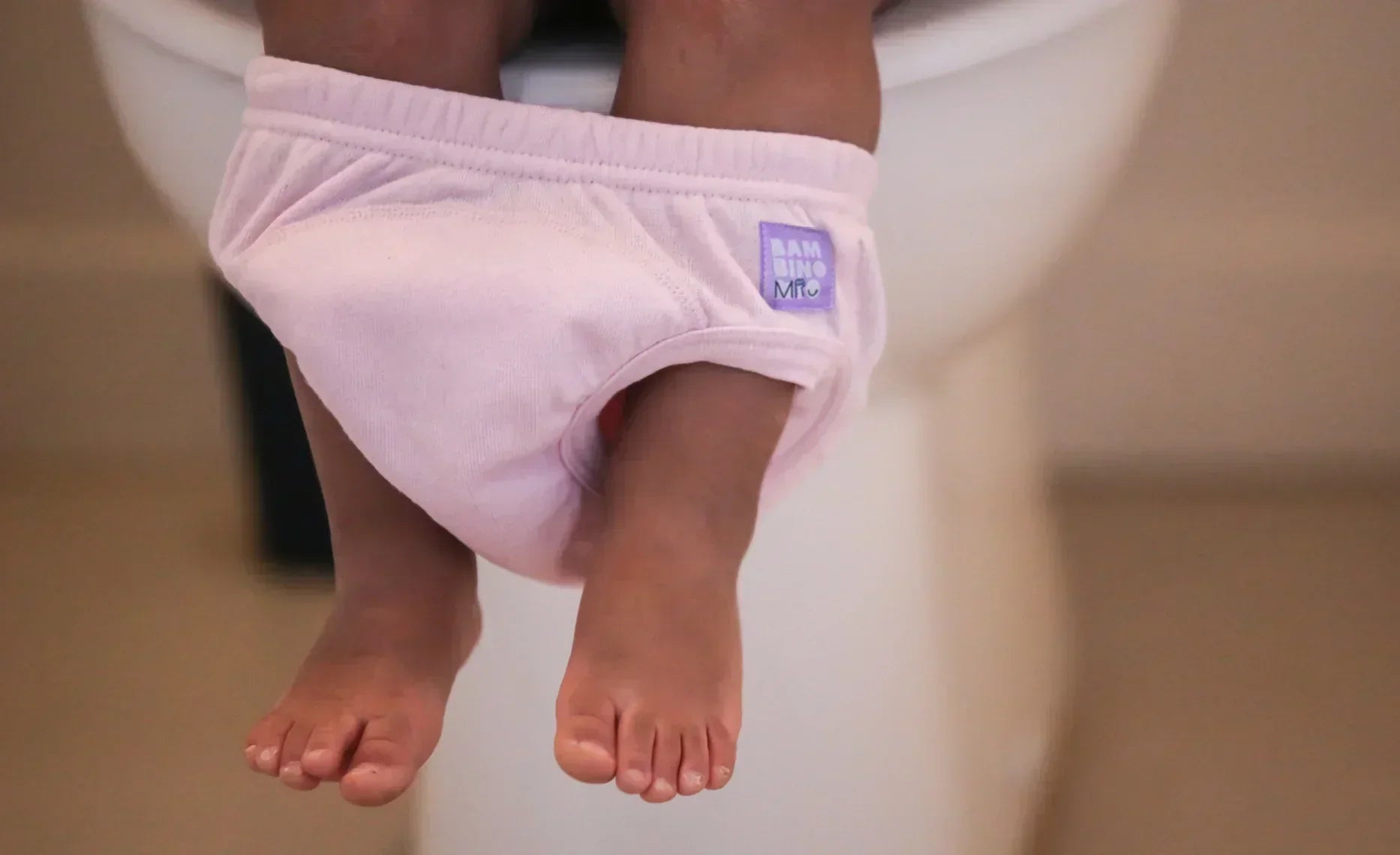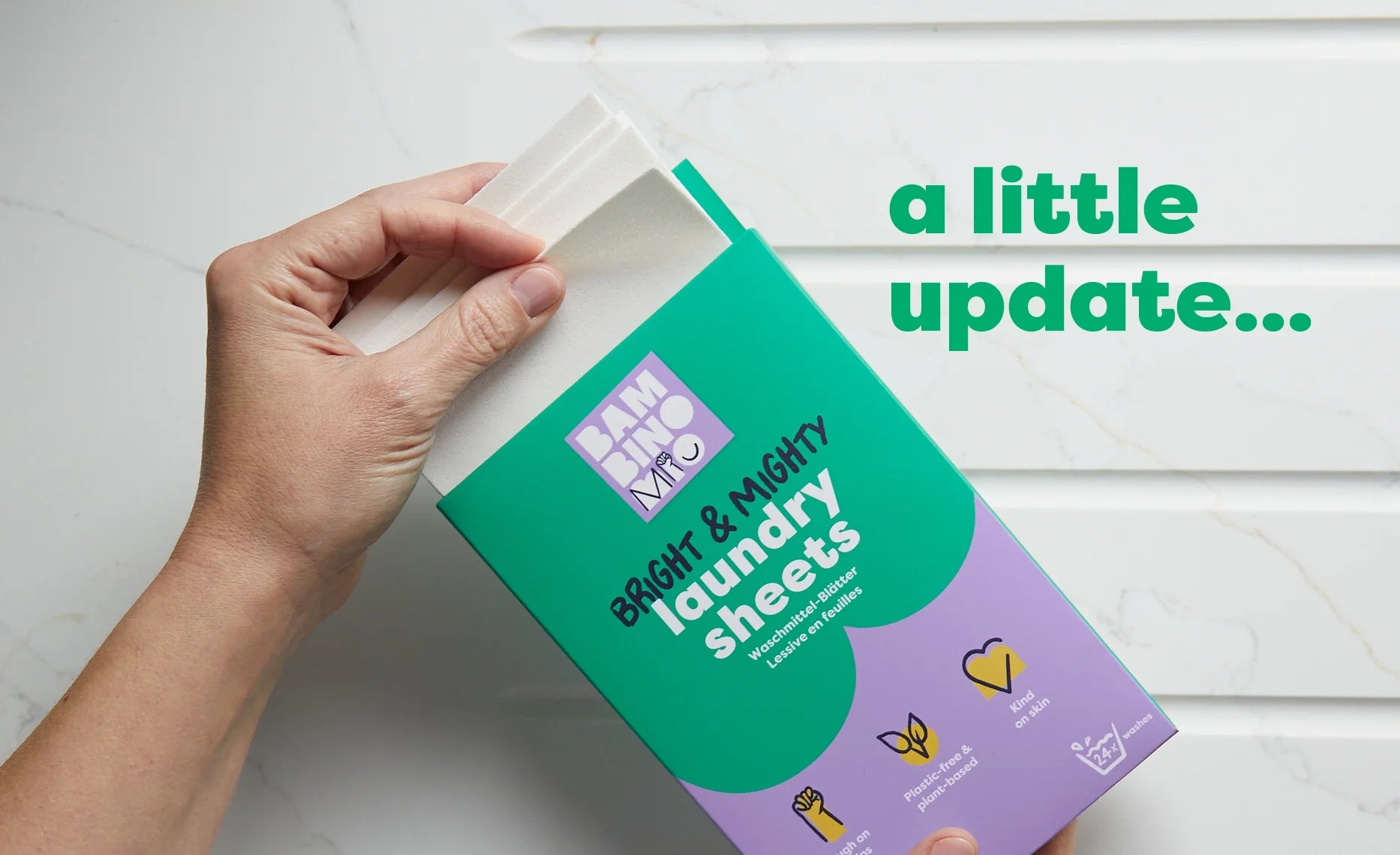Coccyx Pain | Glossary of Pregnancy & Baby Term
Share Options
- Bambino Mio
- 09 / 08 / 2023
Inside this Article:
- What is coccyx pain?
- Some women experience coccydynia, or tailbone pain, during pregnancy
- What causes coccyx pain in pregnancy?
- When does coccydynia start?
- Follow good postural habits
- Watch your balance and symmetry
- Try a pregnancy pillow
- Avoid constipation
- Talk to your doctor about pain relief
- If your coccydynia is severe, you may need to see a physiotherapist
- Will coccydynia go away after I’ve had my baby?
- Citations and References
What is coccyx pain?
Your coccyx (1), or tailbone, is the end of your spine and is located just above your bottom and behind your uterus. It’s a vestigial tail (2) and it helps to stabilise your body when you sit down and also acts as an anchor point for your pelvic floor muscles.
Some women experience coccydynia, or tailbone pain, during pregnancy
Between 50% and 80% (3) of pregnant women experience some degree of back pain, with a significant minority finding the pain debilitating. It’s hard to say how many women experience coccydynia as it’s “wrapped up” in the lower back pain numbers, but it’s more common than you might imagine.
What causes coccyx pain in pregnancy?
Coccydynia in pregnancy is caused by the ligaments in your pelvis loosening due to the hormone relaxin. This hormone works on all your pelvic ligaments so your pelvis is more flexible to allow your baby to grow and to make birth easier.
This loosening can affect your pelvic floor muscles and as these muscles are connected to your coccyx, it can lead to unusual movement and pain.
As your belly grows, your centre of balance shifts (4), affecting your posture and putting pressure on your lower back and tailbone. Your baby can also weigh down on your tailbone, which adds to its stress and which can make sitting down very painful.
When does coccydynia start?
Coccyx pain is more common from around 25 weeks of pregnancy onwards. You can’t prevent it if it’s going to happen, but you can reduce the severity.
Follow good postural habits
If you’re arching your back or slumping forward a lot, this can hurt your spine and coccyx. Try to sit upright with your feet flat on the ground and work to keep your core muscles engaged (5). Sitting still for long periods can also make coccydynia worse.
Watch your balance and symmetry
With all those loose ligaments, it’s important to stay as balanced and symmetrical as possible. Avoid crossing your legs, swivel as you get out of bed or your car so that both feet are on the ground as you stand up and sit down to put on knickers and trousers.
Try a pregnancy pillow
Using a pregnancy pillow in bed at night can help you to keep your hips and pelvis in a balanced, neutral position, which can avoid asymmetric stresses.
Avoid constipation
Your coccyx is just next to your rectum and so constipation can make coccydynia worse. Eat lots of fruit and vegetables and stay well hydrated (6) to reduce the risk of constipation.
Talk to your doctor about pain relief
Your doctor might give you the go ahead to take paracetamol, so ask if it’s OK for you to use. You can also try heat packs (and cool packs), as well as support belts.
If your coccydynia is severe, you may need to see a physiotherapist
If you’re in a lot of pain and nothing else is working, your midwife may refer you to a physiotherapist (7), who will help you to find some solutions.
Will coccydynia go away after I’ve had my baby?
Most women find their tailbone pain goes away after they’ve had their baby. A few may find that the loose ligaments and instability take some time to heal and that they need extra help to recover, but they usually have good outcomes.
Citations and References
- National Institutes of Health (NIH). National Library of Medicine. ‘Anatomy, back, Coccygeal Vertebrae.’ 2022. Web. www.ncbi.nlm.nih.gov/books/NBK549870
- WebMD. ‘What is a Human Tail?’ 2023. Web. www.webmd.com/baby/what-is-a-human-tail
- National Institutes of Health (NIH). National Library of Medicine. ‘Pregnancy and Low Back Pain.’ 2008. Web. www.ncbi.nlm.nih.gov/pmc/articles/PMC2684210
- National Institutes of Health (NIH). National Library of Medicine. ‘Changes in Balance Strategy in the Third Trimester.’ 2015. Web. www.ncbi.nlm.nih.gov/pmc/articles/PMC4499990
- The Royal Women’s Hospital Victoria. ‘A Healthy Pregnancy. The Abdominal Muscles.’ Web. www.thewomens.org.au/health-information/pregnancy-and-birth/a-healthy-pregnancy/the-abdominal-muscles
- National Health Service (NHS). ‘Keeping Well in Pregnancy. Eating Well in Pregnancy.’ 2023. Web. www.nhs.uk/pregnancy/keeping-well/have-a-healthy-diet
- National Health Service (NHS). ‘Health A to Z. Physiotherapy.’ 2022. Web. www.nhs.uk/conditions/physiotherapy



